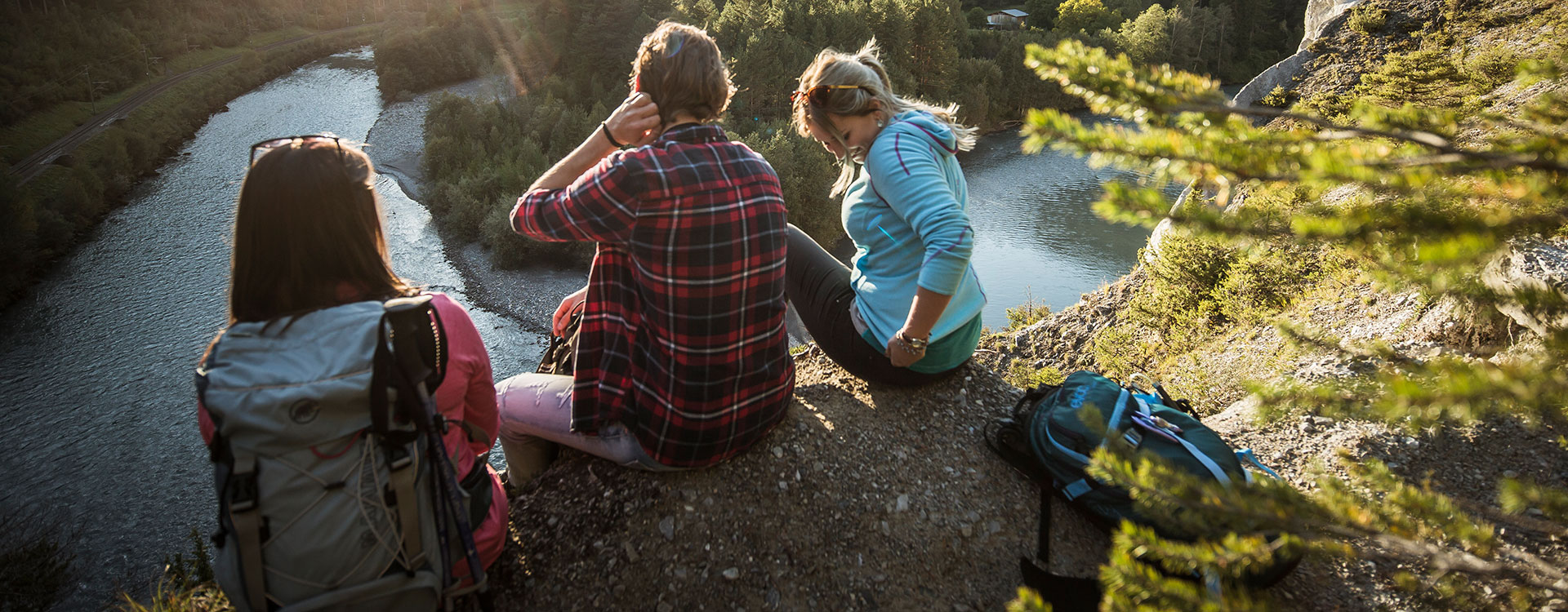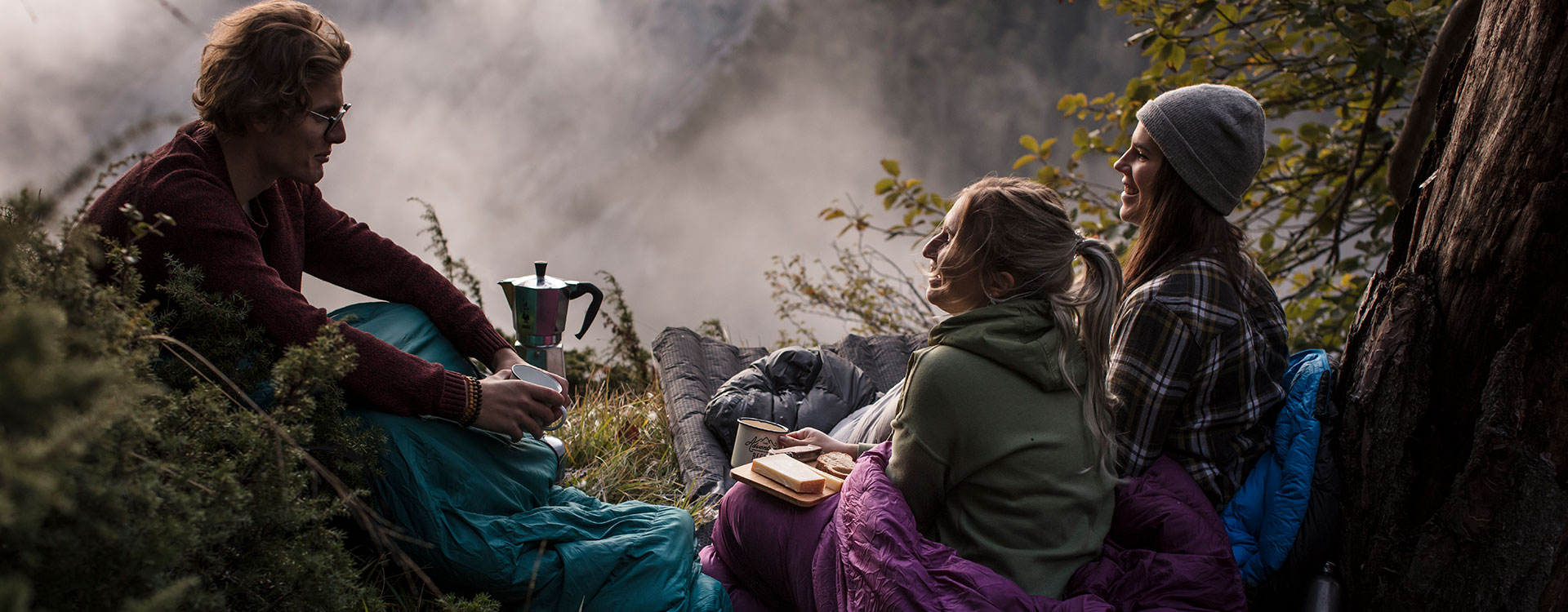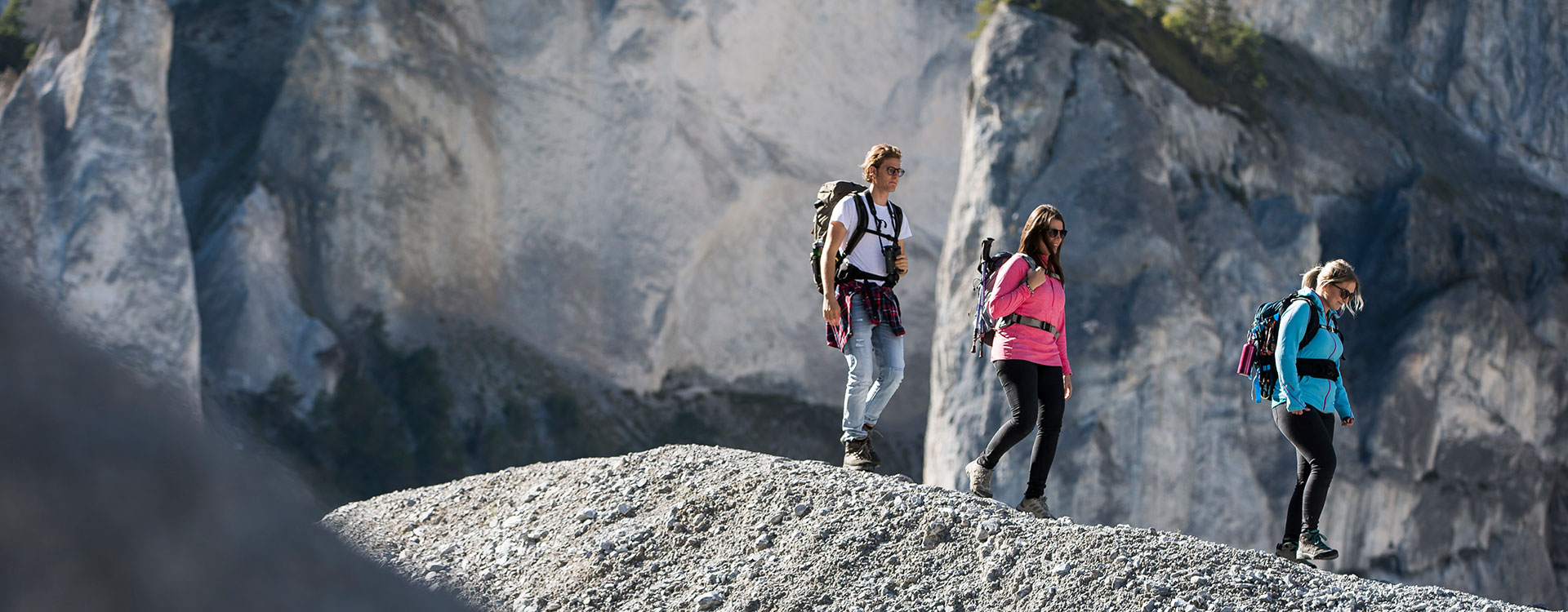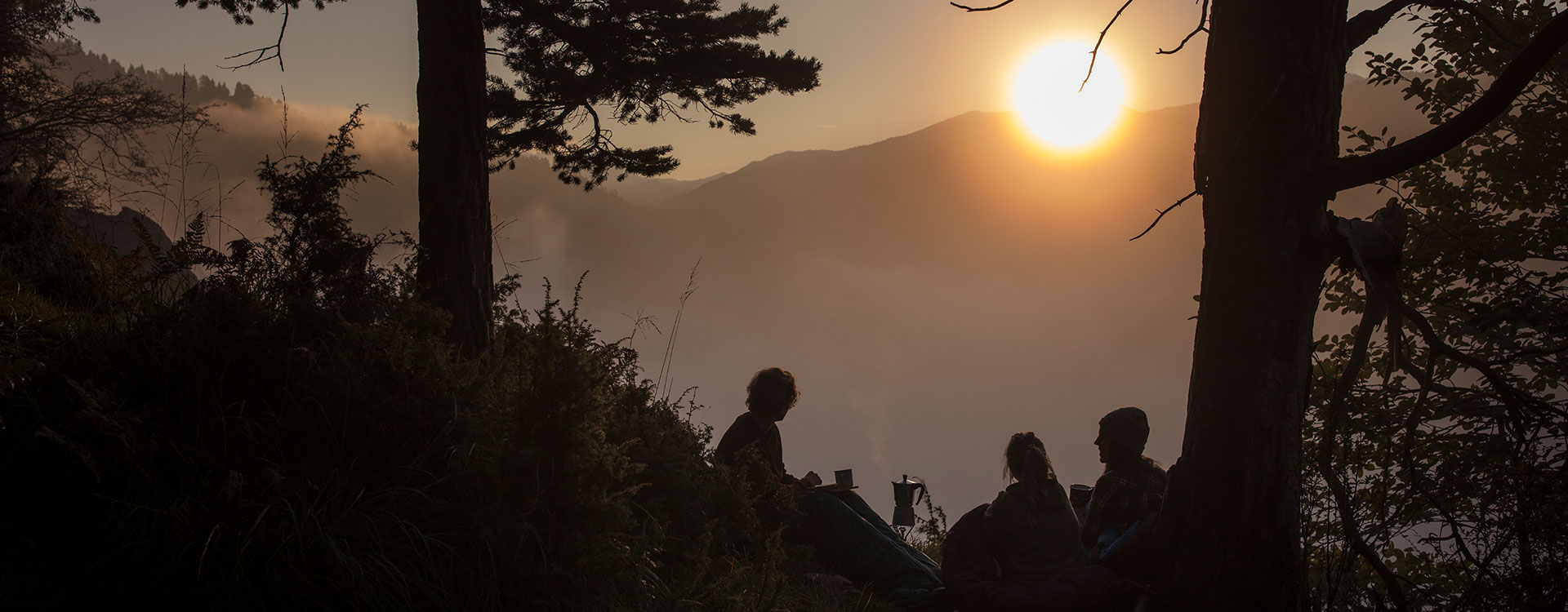pack youre backpack correctly
How to pack your backpack correctly – tips and tricks for space-saving packing
A correctly packed backpack is an essential part of every hike. Whether you’re going on a single-day or multi-day hike. The less weight you are carrying around with you, the farther you can go and the more you will enjoy your hike. And what’s more, packing your hiking backpack correctly is also important to ensure healthy posture and to prevent injuries. We have some tips to help you pack your backpack correctly. We also have a packing checklist for you to take on your hike. This will enable you to save space in your backpack and to reduce unnecessary weight.
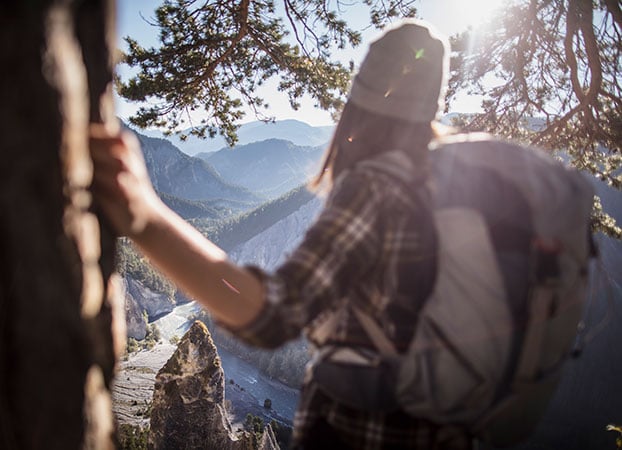
How to pack your hiking backpack correctly – overview
Take note of the following five instructions if you want to pack your backpack correctly.
1. Fill the bottom part with light items
2. Pack heavy items as close to your upper back as possible
3. Use medium-weight gear to stabilise your backpack
4. Keep important items close at hand in the top compartment
5. Keep the weight as light as possible and leave any unnecessary luxuries at home
How to pack your hiking backpack correctly – in detail
1. Fill the bottom part with light items
Depending on whether you’re going on a single-day or multi-day hike, you will need a slightly smaller or larger backpack. Light items such as down jackets or sleeping bags should be placed at the bottom of your backpack. Make sure that the contents fill the backpack as tightly as possible and that there is no empty space.
2. Pack heavy items as close to your upper back as possible
Now place your heavy items on top of the base layer. Pack this gear horizontally and as close to your back as possible. This will ensure optimal balance of the centre of gravity of the backpack. Heavy items include water, hotplates, provisions, tent pegs, etc.
3. Use medium-weight gear to stabilise your backpack
To ensure that heavier items stay as close to your back as possible, you can pack medium-weight items around them to keep things stable and to pack your backpack tightly. These include clothing, first aid kits, etc.
4. Keep important items close at hand in the top compartment
To pack your backpack correctly, we recommend packing small items that you need frequently in the top compartment. For example, pack your sunscreen, hiking maps, tissues, energy bars and other such items at the top of your backpack.
5. Keep weight as light as possible
As a general rule, try to save space when packing your backpack and keep the weight as light as possible. As a rule of thumb, your backpack should weigh a maximum of 25% of your own body weight. However, we recommend not exceeding the 16 kg mark. For hikes involving staying overnight at a mountain cabin, you should not carry more than 10 kg of gear on your back. When packing, always ask yourself the question: do I really need that?
Packing your backpack to save space
Depending on the length of the hike, it may seem like an impossible task to save space when packing your backpack. However, we’ve got a few tricks to tell you about.
- Merino wool clothing does not smell and can therefore be worn for several days, so you will need fewer changes of clothing.
- There are ultra-light alternatives to practically everything you need to sleep outdoors, so investing in a light, space-saving tent or in an ultra-light sleeping bag is always a wise decision.
- A water filter saves you the hassle of carrying litres of drinks, particularly in the case of multi-day hikes without cabin accommodation.
- Keep hygiene products to a minimum. On the mountain, it doesn’t matter how you look or smell, and you can always take a dip in the glacial lake in case of emergency.
- Buy some stuff sacks and keep your clothes in the clothes bag, your cooking equipment in the tool bag and your food in the food bag. This will save you space, as the bags can be packed tight. It will also save you time, as you won’t have to go rummaging around the backpack looking for your clean T-shirt. Ideally, get three waterproof bags in different colours, so you can easily tell them apart.
Hiking backpack packing checklist
Naturally, the gear you bring with you depends significantly on the length and type of hike you are undertaking. Packing checklists are therefore always individually developed. For a typical single-day hike along the lower Segnesboden, for example, we recommend packing the following gear in your hiking backpack.

